Name Infante Count | Religion Roman Catholicism | |
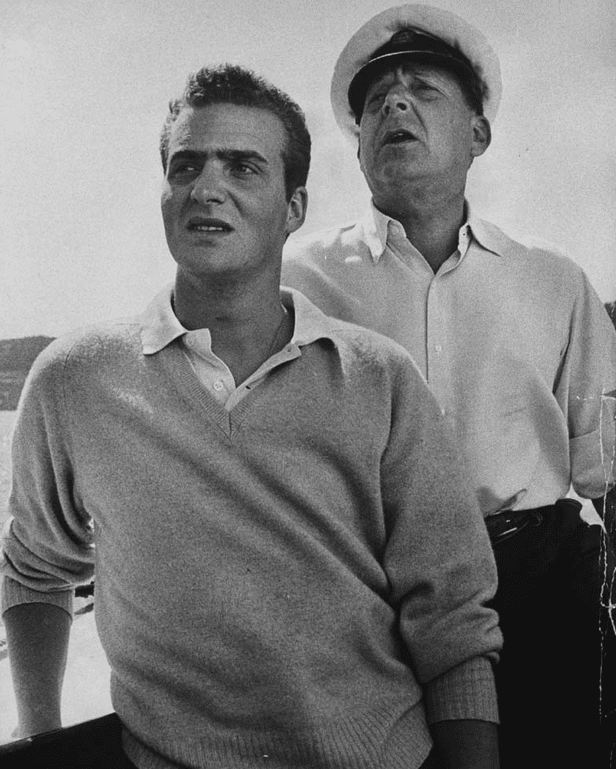 | ||
Born 20 June 1913San Ildefonso, Spain ( 1913-06-20 ) Issue Infanta Pilar, Duchess of BadajozJuan Carlos I of SpainInfanta Margarita, Duchess of Soria and HernaniInfante Alfonso Spouse Princess Maria de las Mercedes of Bourbon-Two Sicilies (m. 1935) Children Juan Carlos I of Spain, Infante Alfonso of Spain, Infanta Pilar, Duchess of Badajoz, Infanta Margarita, Duchess of Soria Parents Alfonso XIII of Spain, Victoria Eugenie of Battenberg Similar People Juan Carlos I of Spain, Alfonso XIII of Spain, Princess Maria de las Merce, Felipe VI of Spain, Infante Alfonso of Spain | ||
Muere juan de borb n conde de barcelona 1993
Infante Juan of Spain, Count of Barcelona (Don Juan Carlos Teresa Silverio Alfonso de Borbón y Battenberg; 20 June 1913 – 1 April 1993), was the third son and designated heir of King Alfonso XIII of Spain and Victoria Eugenie of Battenberg. His father was replaced by the Second Spanish Republic, and under his son, Juan Carlos I, a constitutional monarchy was restored.
Contents
- Muere juan de borb n conde de barcelona 1993
- Infante Juan Count of Barcelona
- Early life
- Marriage
- Issue
- Claim to the Spanish throne
- Titles
- National honours
- Foreign honours
- Awards
- References
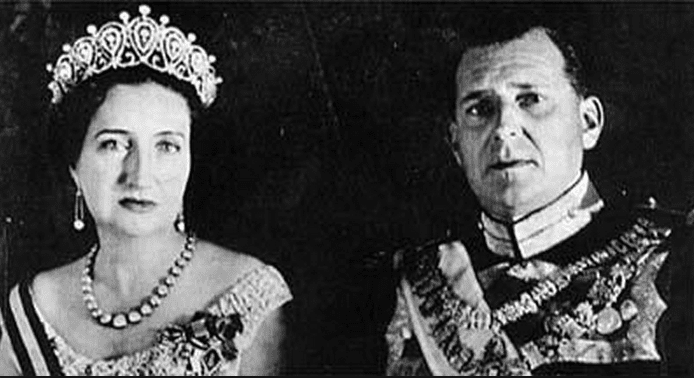
Infante Juan, Count of Barcelona
Early life

Juan was born at the Palace of San Ildefonso. His father was forced into exile when the Second Spanish Republic was proclaimed on 14 April 1931. Owing to the renunciations of his brothers Alfonso of Spain, Prince of Asturias, and Infante Jaime, Duke of Segovia, Infante Juan was thus next in line to the defunct Spanish throne. He thus received the title Prince of Asturias when he was serving with the (British) Royal Navy in Bombay.
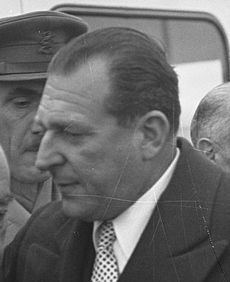
In March 1935, he passed his naval exams in gunnery and navigation, which would have entitled him to become a lieutenant in the Royal Navy if he gave up his Spanish nationality. This, however, he refused to do.
Marriage
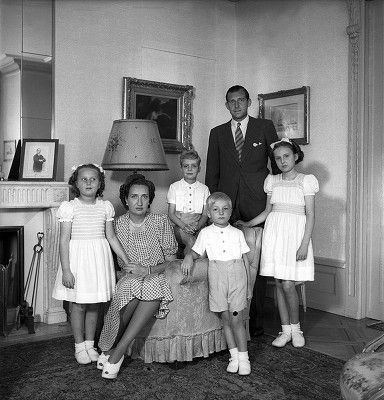
He met his future wife at a party hosted by Victor Emmanuel III of Italy on the day before his sister (Infanta Beatriz) was to be married. He married Princess María Mercedes of Bourbon-Two Sicilies (1910–2000), known in Spain as Doña María de las Mercedes de Borbón Dos-Sicilias y Orleans, in Rome on 12 October 1935.
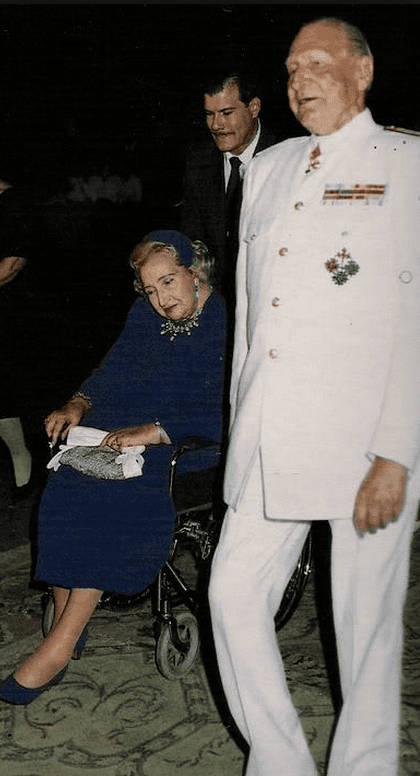
Just before the birth of the Infante Juan Carlos, the Count of Barcelona decided to go hunting, with the doctor telling him and his wife that the future king would not be born for weeks. When he was told of the birth, he drove to the hospital so quickly that he broke an axle spring.
Issue
They had four children, ten grandchildren and seventeen great-grandchildren:
They lived in Cannes and Rome, and, with the outbreak of World War II, they moved to Lausanne to live with his mother, Queen Victoria Eugenie. Afterwards, they resided at Estoril, in Portugal.
Claim to the Spanish throne
Don Juan became heir-apparent to the defunct Spanish throne after the renunciations of his two older brothers, Alfonso and Jaime, both in 1933. To assert his claim to the throne, after his father's death he used the title of Count of Barcelona, a sovereign title associated with the Spanish crown.
In 1936, his father sent him to enter Spain and participate in the uprising but, near the French border, General Mola arrested him and sent him back.
When General Francisco Franco declared Spain a monarchy in 1947, he characterised it as a restoration. However, Franco was afraid that Don Juan would turn out to be too liberal and roll back the Falangist state. As a result, in 1969, Franco passed over Don Juan, who would have been king if the monarchy had continued uninterrupted, in favour of his son Juan Carlos, who Franco believed would be more likely to continue the Francoist State after his death. Don Juan Carlos later surprised many by his support of democratising Spain. Franco and Don Juan did not have a good relationship, with the Count constantly pressing Franco to restore the monarchy. Relations soured further when Juan called Franco an "illegitimate usurper", while Franco claimed he had a stronger claim to rule Spain than did Don Juan.
Don Juan formally renounced his rights to the Crown eight years after being displaced as recognised heir to the throne by Franco, and two years after his son Don Juan Carlos had become king. In return, his son officially granted him the title of Count of Barcelona, which he had claimed for so long.
He was buried with honours due a King, in the Royal Crypt of the monastery of San Lorenzo del Escorial, near Madrid. His wife survived him by seven years.
He was fond of the sea, and joined the Naval School at San Fernando, Cádiz, and had tattoos of a marine theme from his time in the British Royal Navy.
